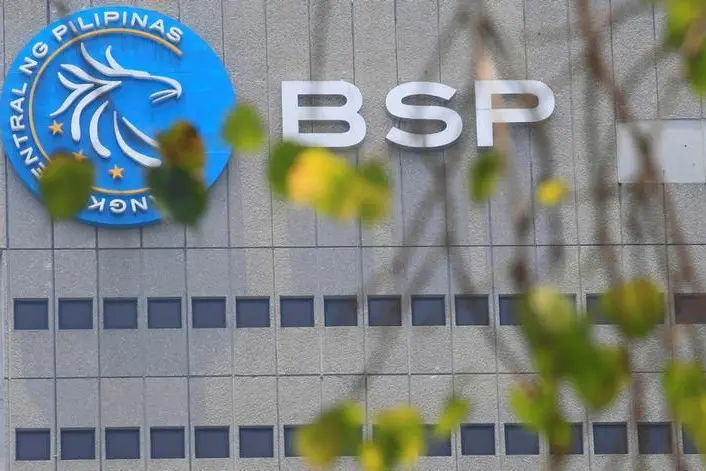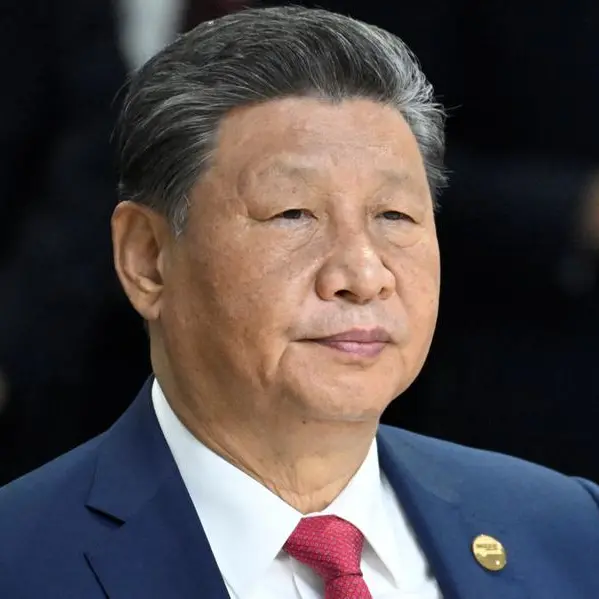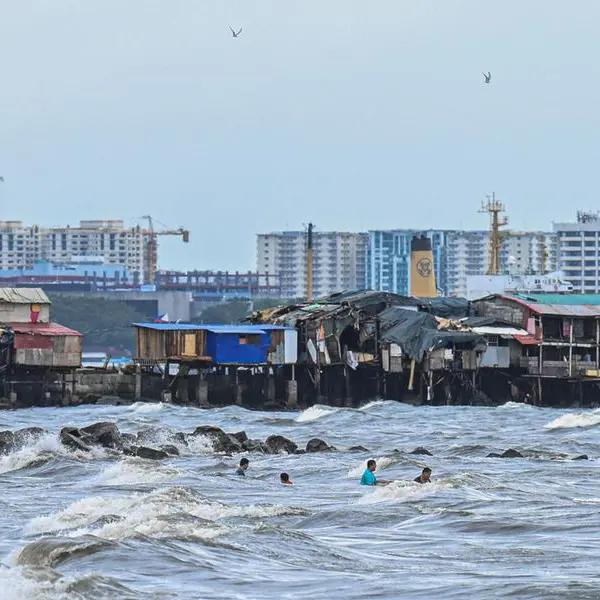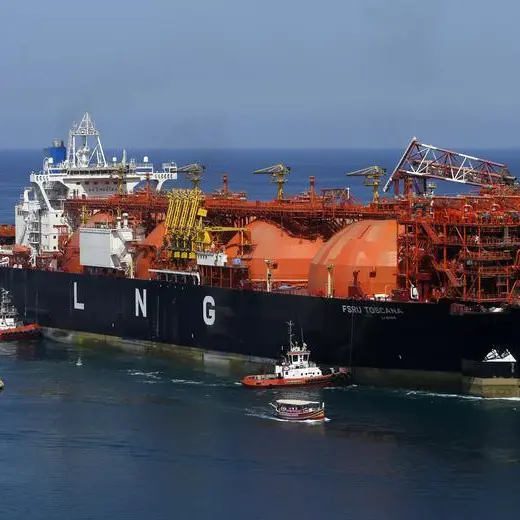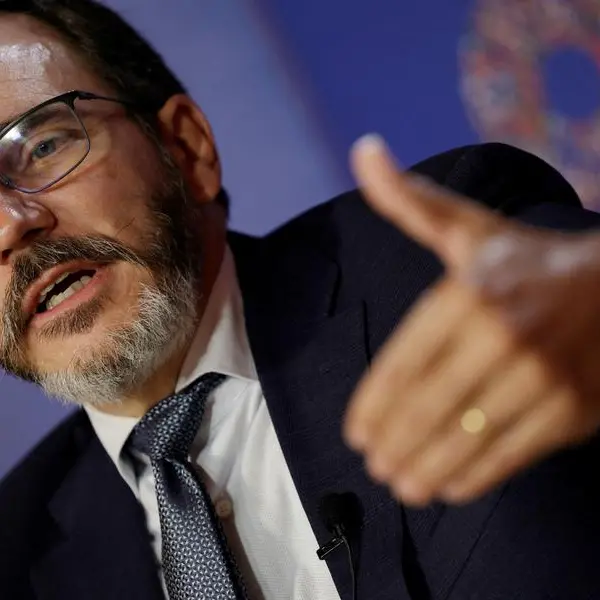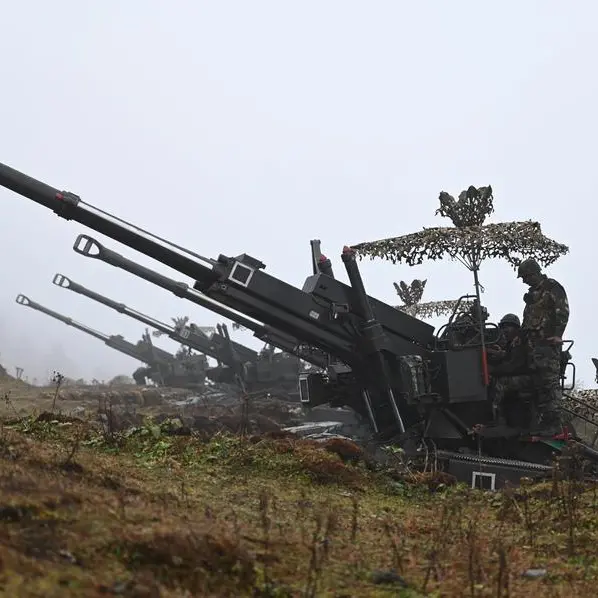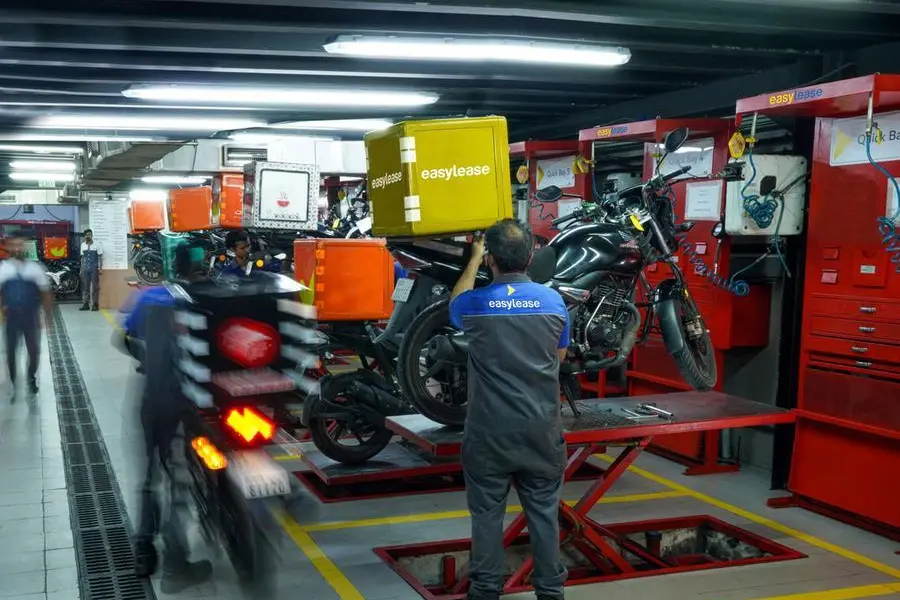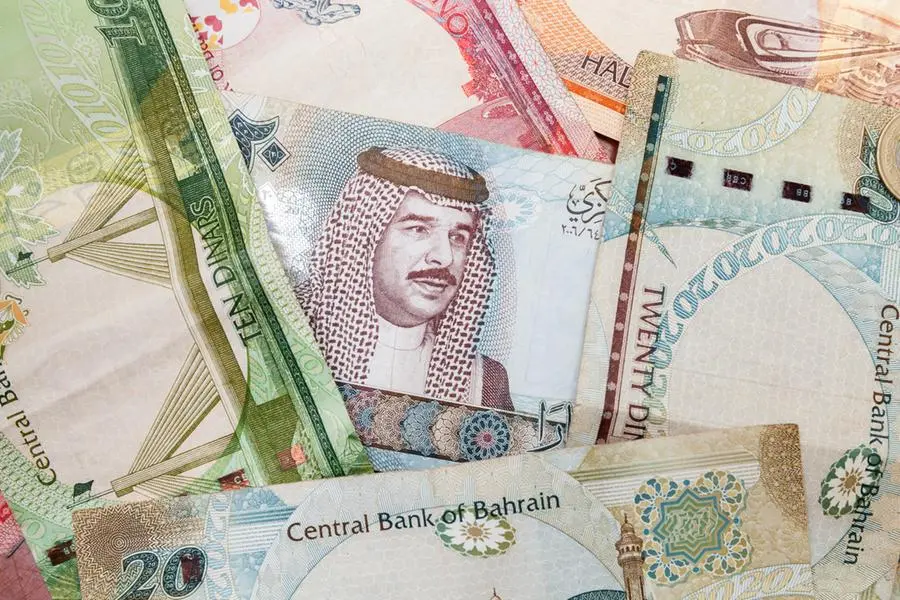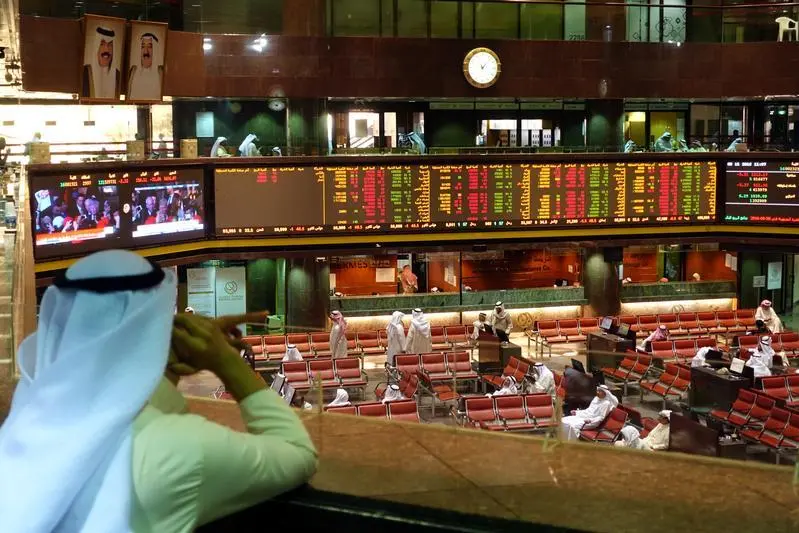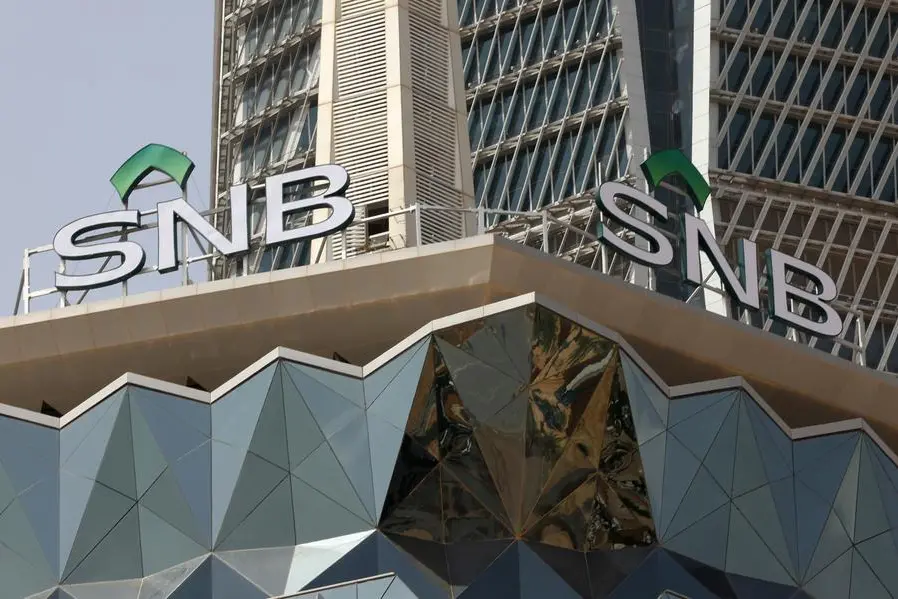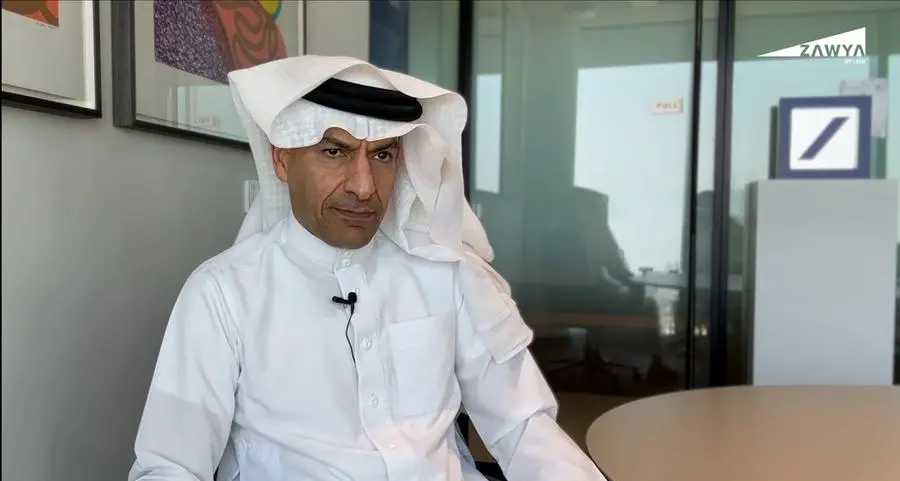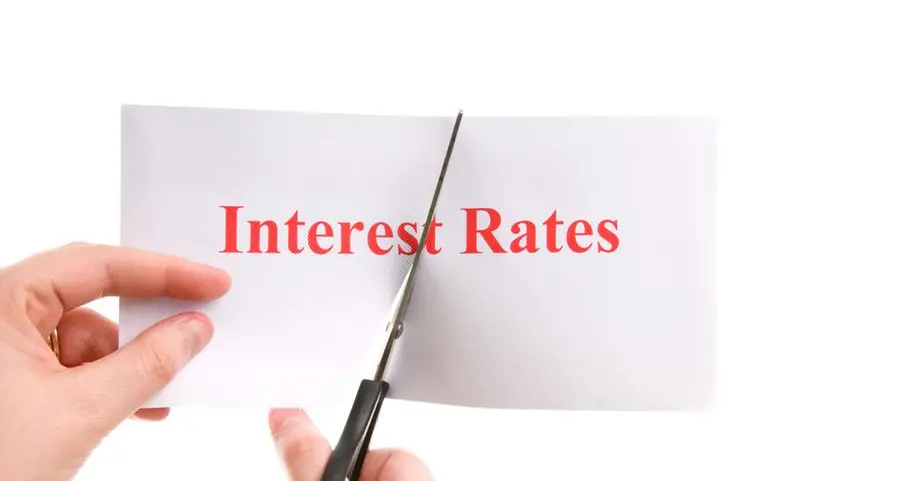PHOTO
The Bangko Sentral ng Pilipinas (BSP) is expected to step on the brakes of its tightening cycle by keeping key policy rates unchanged on Thursday
'It's a done deal,' a member of the Monetary Board who requested anonymity told The STAR, referring to a pause in its tightening cycle during the scheduled rate-setting meeting on May 18.
Finance Secretary Benjamin Diokno, who is part of the seven-member Monetary Board and a former central bank governor, earlier said the BSP has no reason to raise interest rates further amid the cooling inflation.
BSP Governor Felipe Medalla refused to comment on Diokno's statement and told reporters to just wait for the results of the policy meeting on Thursday.
'No comment,' Medalla said in a press conference on the sidelines of the 2023 Financial Stability Conference organized by the BSP and the International Monetary Fund (IMF) in Mactan, Cebu.
The BSP chief earlier signaled that a pause is likely as early as May if the inflation downtrend continues.
Inflation cooled to an eight-month low of 6.6 percent in April from 7.6 percent in March amid the aggressive rate hikes delivered by the BSP to tame the fast rise in consumer prices, as well as to stabilize the peso that slumped to an all-time low of 59 to $1 in October last year.
It averaged 7.9 percent in the first four months, still above the BSP target range of two to four percent, despite easing for three consecutive months from a peak of a 14-year-high 8.7 percent last January.
Since May last year, the BSP has raised key policy rates by 425 basis points, bringing the benchmark interest rate to a 16-year high of 6.25 percent from an all-time low of two percent.
The BSP Monetary Board has raised interest rates in nine straight rate-setting meetings since it started its tightening cycle, including the jumbo 75-basis-point hike delivered during an off-cycle meeting on July 14 last year.
Despite the series of aggressive rate hikes that made the BSP the most aggressive central bank in the region, the country posted a stronger-than-anticipated gross domestic product (GDP) growth of 6.4 percent in the first quarter, higher than the median 6.1 percent forecast of economists.
This was, however, slower than the eight-percent expansion in the same quarter last year and the 7.1 percent growth in the fourth quarter.
The Philippines slipped into a recession in 2020 as the GDP contracted by 9.6 percent when the economy stalled due to strict COVID-19 lockdowns, but bounced back strongly in 2021 with a 5.7-percent expansion.
'In reality, inflation is higher than the policy rate. Right now, it's not as contractionary as you think. However, to the extent that we believe that our forecast is correct, the inflation is now falling rapidly,' Medalla said.
According to Medalla, inflation will be below four percent by September, October or November this year and will be well within the target band by next year.
Medalla said the International Monetary Fund is projecting this year's GDP growth to fall within the six to seven percent target set by the Cabinet-level Development Budget Coordination Committee.
Copyright © 2022 PhilSTAR Daily, Inc Provided by SyndiGate Media Inc. (Syndigate.info).
